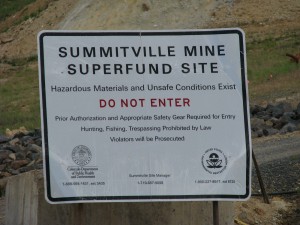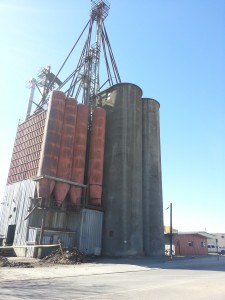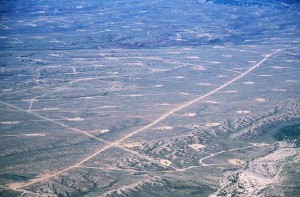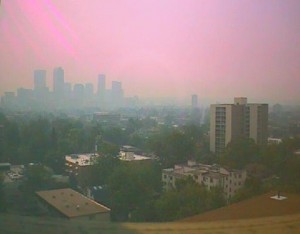
Colorado citizens learned their lesson from the Summitville Mine Disaster of 1992-93, but the state courts and legislature did not, and have repeatedly invalidated local laws that communities enact to protect their citizens from hazardous business pursuits.
Colorado citizens are now gathering signatures to get Ballot Initiative #75, a groundbreaking constitutional amendment, onto the state wide ballot in November.
Business interests have called Initiative #75, also known as the “Right to Local Self-Government” or the “Community Rights Amendment,” an “anti-fracking” initiative, but the measure confers more protection on Colorado citizens than just an anti-fracking initiative, and there are some very solid recent history lessons that are driving Colorado citizens to push for this initiative.
One of them is the Summitville Mine Disaster of 1992-1993.
The Summitville Mine, operated by the Summitville Consolidated Mining Corporation, Inc. (SCMCI), was an open-pit gold and silver mine located in Colorado’s San Juan Mountains, about 40 miles west of Alamosa. SCMCI used a cyanide heap leaching technique to extract gold and silver. The process involved excavating ore from the mountain, then crushing it and placing it onto a 1,235 acre open leach pad lined with clay and synthetic material. The company then poured a sodium cyanide solution over the crushed ore to leach out gold and silver. The contaminated water was collected and held in leach ponds on the mine property.
Sodium cyanide is highly toxic, and among the most rapidly-acting of all poisons.









